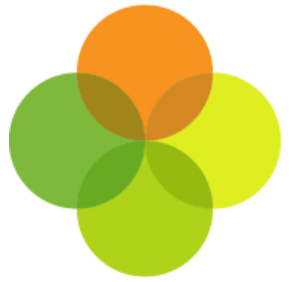Year 4 taking part in the Maths Relay Competition with staff from Matthew Moss
Mathematics
Maths at Sandbrook
Intent
At Sandbrook Community Primary, we aim to create confident, well-rounded mathematicians and foster a love of learning and intellectual curiosity. Our key intentions are that children will be: fluent in the fundamentals of Mathematics; have strong conceptual understanding; know and use a range of procedures efficiently and confidently reason and problem solve.
Implementation
At Sandbrook, we follow a mastery approach to the teaching and learning of Maths. Teachers follow a carefully sequenced curriculum, which builds on prior knowledge throughout the primary phrase. Our mastery approach is centred around the NCETM’s ‘5 Big Ideas’. We strongly believe that all children have the ability to succeed in Maths and our approach to differentiation is based on enabling and extending pupils.
Sandbrook Community Primary follow the White Rose Maths framework across all key stages. See the curriculum overview for each year group in the planning section.
Teachers at Sandbrook have access to, and use White Rose premium schemes of work; NCETM materials; NRICH reasoning and problem-solving investigations; Times Table Rockstars, Testbase and master the curriculum.
CPA Approach
Sandbrook Community Primary uses the Concrete, Pictorial, Abstract Approach (CPA) to teach mathematics. This is a highly effective approach to teaching that develops a deep and sustainable understanding of maths in pupils. Often referred to as the concrete, representational, abstract framework, CPA was developed by American psychologist Jerome Bruner. It is an essential technique within the Singapore method of teaching maths for mastery of concrete and pictorial methods alongside the abstract, regardless of age and ability, and this approach will be evident in planning, lessons, books and the classroom environment. Children will be encouraged to use a variety of concrete, pictorial and abstract methods to become fluent in areas of maths, solve problems and to support their reasoning. Examples can be found in our calculation policy.
Impact
The impact of teaching can be seen in our children’s Maths books; on displays around school; on year group and curriculum website pages and by speaking to our pupils. As a school, we measure impact through learning walks, book scrutinies, teacher/pupil voice and formative and summative assessments.
The subject leader reviews progress and attainment on a termly basis. Interventions, CPD training and further support are provided, as required, following these reviews.
Latest News
Maths
- The year 6 children have been learning how to order numbers up to 10,000,000.
- Place value
- Conservation of number - different arrangements of blocks but the number remains the same.
- Exploring pattern in Nursery.
- Reception have been exploring how to make 3!
- We are learning our 2,5,10 and 3X tables.
- Year 2 have been learning about tally charts, pictograms and block diagrams. We completed a tally chart to show the favourite colours of children in class and then used this information to create our own block diagrams.
- Year 2 have been practising their division skills using base 10.
































